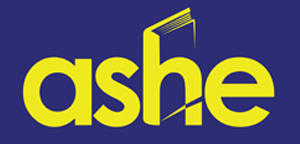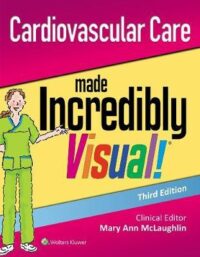BookStore
Atlas of Pediatric EEG
RM642.20
by Pramote Laoprasert
“The dearth of EEG atlases created solely for pediatrics make this work a welcome contribution to the field….I will certainly add this book to my EEG laboratory’s library. It will serve as a quick and ready resource to confirm unusual EEG patterns. The DVD itself is a treasure to instruct students, residents, fellows, and epilepsy monitoring unit nurses in the recognition of seizure and nonepileptic semiologies.”–Doody’s Review Service.
“This multimediawork provides an accessible, comprehensive, andtimely tool for the child neurologist or epileptologistin training or in practice to become familiar with theextraordinary richness of the clinical and electrographicmanifestations of childhood epilepsy. The text represents the distillation of an extraordinary body of clinical experience and painstaking attention to detail, which is characteristic of Dr. Laoprasert….Whether read cover-to-cover, used to reviewspecific problems, or dipped into at random, this textmakes learning about epilepsy in children a pleasureand will ultimately enhance the quality of their livesand those of their families.”–Marc C. Patterson, MD, FRACP, FAAN, Mayo Clinic, Rochester (from the foreword)
Atlas of Pediatric EEG will prove to be an essential visual reference to for both the novice and experienced neurologist. For those new to the field, it will help develop the pattern recognition skills necessary to diagnose pediatric seizure activity. For experienced neurologists, it provides a working collection of known patterns to which they can compare their own tracings.
Atlas of Pediatric EEG features a full-color presentation, easy-to-read bulleted chapter text, and detailed legends under each tracing that provide a full description and diagnosis of what is seen in the tracing. Chapters also contain case examples that add clinical relevance to the tracings. This unique atlas covers every type of seizure, both epileptic and non-epileptic and divided into nine chapters:
Normal and Benign VarientsArtifactsNewbornFocal Nonepileptoform ActivityGeneralized Noneplileptiform ActivityICUEpileptic EncephalopathyGeneralized EpilepsyFocal Epilepsy
Also included is a companion DVD containing 190 video clips to assist you in learning how to interpret video-EEG, which is rapidly becoming the most common modality for EEG.




